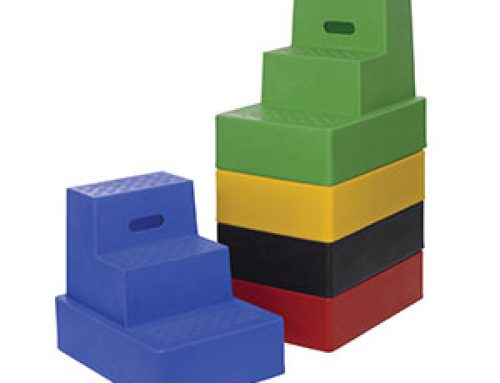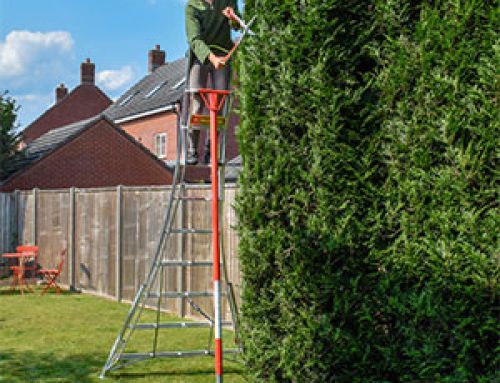In September last year, disaster nearly struck at Birmingham airport when a step ladder fell from a maintenance truck onto the runway, and was narrowly missed by three landing aircraft. The stepladder had been loaded into the back of a flatbed truck and secured with a bungee cord; which was stretched so far that it was no longer acting as a suitable method of fastening the ladder.
The maintenance crew did not realise the ladder had fallen from their vehicle as they accelerated towards their next job, and it is astounding that no accident arose as a result. The sharp eyesight and quick thinking of the pilots who noticed the ladder as they descended surely saved lives and prevented serious damage to the aircraft, as it was just next to the centre line of the runway.
The second pilot to land alerted the airport to an unknown object on the runway, and it was only then that the pilot of the first aircraft also reported they had seen something in the way as they came down to land. At this point air traffic control alerted the next plane due to land that there was an object in the touchdown zone, but the pilot was able to land.
The incident was investigated by the Air Accident Investigation Branch, and they found that the bungee cord was not a suitable method of securing the ladder. They also found that while alternative methods of securing equipment were available to the crews, they were not readily available to crews. The airport has since changed procedures and has provided extra training and a more standardised approach to maintenance crew working practices.
This cautionary tale shows that accidents can happen even when people believe they have taken the appropriate safety measures. Humans are prone to complacency when it comes to safety – if they believe they have taken steps to be safe, it is hard for them to assess whether the measures they have taken are actually the best ones. We can see this with people still using their mobile phones when driving, because the more this is done without causing an accident, the safer the mobile phone user thinks they are being.
With this in mind it is worth carrying out a quick check of your organisation's ladder securing methods, and identifying whether you are using the most suitable methods. Ladder clamps which attach securely to a roof rack and lock the ladder in place are the safest option, while bungee cords may be suitable as a quick solution when driving slowly around a building site. Any ladder that protrudes from the rear of a vehicle must be clearly marked with high-visibility material as a warning sign to other road users, and fixed securely to the vehicle when it is being driven.
Securing your ladders isn't just about preventing accidents, although this is a laudable aim. Ladders are often stolen by criminals to be used in another crime. Although you're unlikely to be caught up as a suspect in a crime if your ladder is stolen, it is hassle you don't need, and by securing your ladder you could have prevented that crime taking place.
Locking ladder racks, like the ones we sell, are the ideal solution for securing your ladders to a vehicle, while hanging ladder brackets can be used to secure ladders within a building such as a workshop or shed, so that they aren't used to break into your home or a neighbouring business.






Leave A Comment
You must be logged in to post a comment.